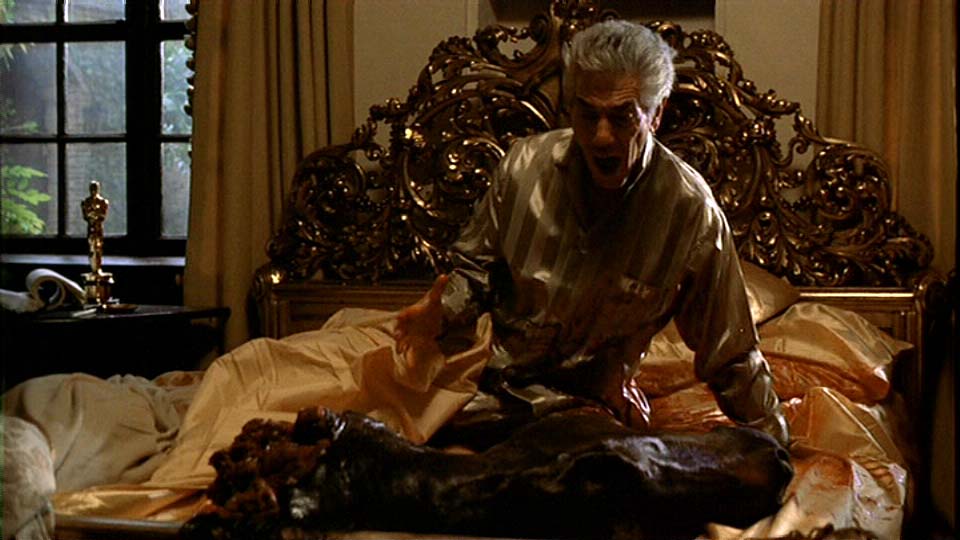
It's hard for me to give an exact review of this movie. It's one of my favorite movies, but it's hard to say exactly why. The film has an excellent narrative. Each moment builds upon the last in its own way. There is so much anticipation for Michael to kill Sollozzo, and when Sonny is murdered there is another anticipation whether you know it is going to happen or not. The acting helps this be effective. Everyone in the film does an excellent job with their part. These moments and their development would not work if not for the talent behind the roles. Overall the film is very good, but there is another appeal to me.
For me, I think my love of this film is more personal than anything. I've seen films that have similar qualities as The Godfather, but I don't like them as much. The story has a huge part in why I like this movie. I've always had this obsession with movies about organized crime. The Godfathers, Goodfellas, Casino, and Pulp Fiction are all some of my favorite movies. It has taken me awhile to figure out what really draws me to them. Yes, they're all incredibly well made, but part of me relates to the characters. Not in their violence, but in their pursuit in life. For me, Godfather ends up representing an alternative lifestyle. I think it's a glorification of living outside of society's rules. You don't have to get a real or legitamte job to be successful. I think you can achive your dreams doing something outside of the norm of a typical nine to five office job. That's what the characters in this movie want, and it is apart of their motivation. So yes, it is crucial that the film is well made, but ultimately I'm more drawn to the actions the characters take to live this lifestyle.
pic: movieimage5.tripod.com/


